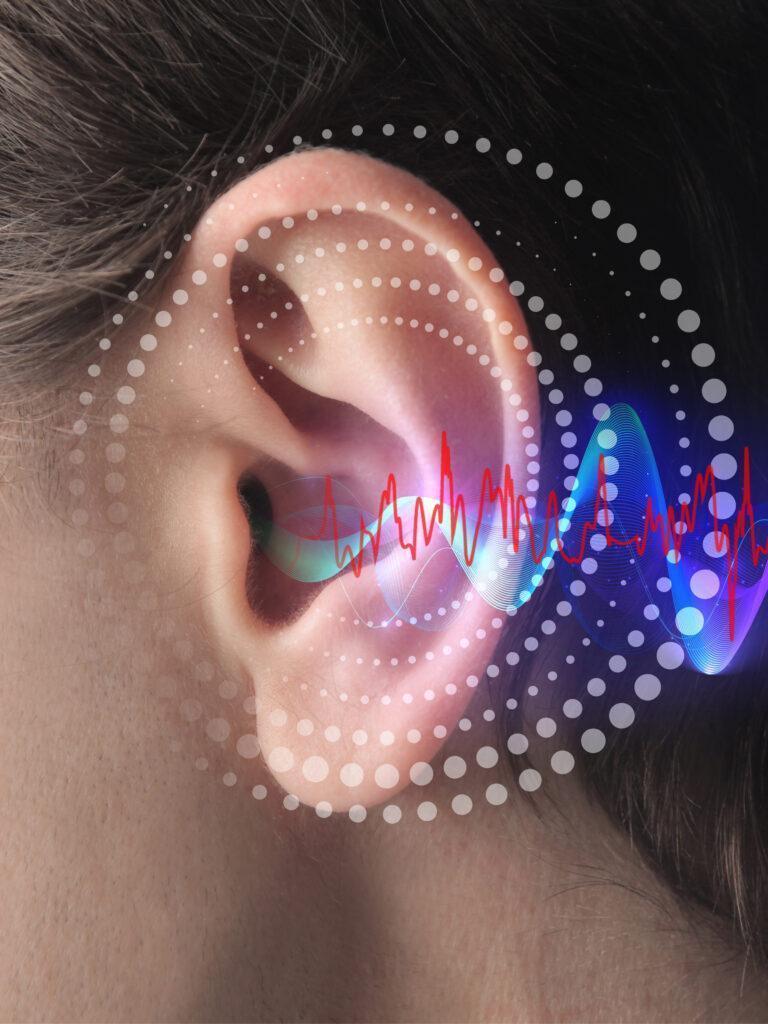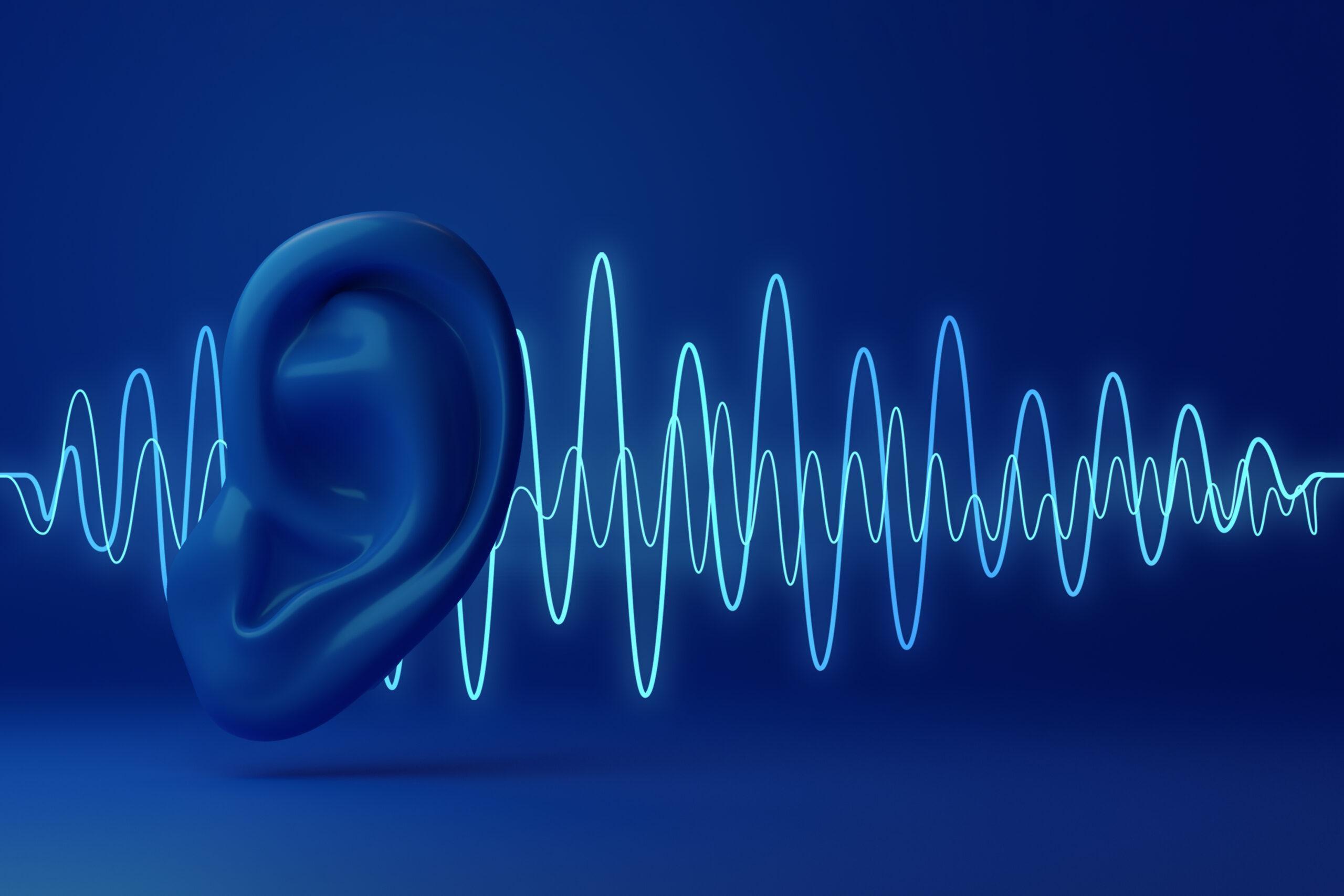Budgie Brains Reveal Stunning “Vocal Keyboard” – A First in Bird Neuroscience
Groundbreaking Study Shows Parrot Brains Organize Sounds Like Humans Do
By Michael Marshall
In a discovery that bridges avian and human neuroscience, researchers have uncovered an extraordinary sound map in budgerigar brains—a structured vocal organization resembling a biological keyboard that allows these chatty parrots to mimic everything from bird calls to human speech with uncanny precision.
The Budgie Brain Breakthrough
Using ultra-fine silicon probes, neuroscientists at NYU Grossman School of Medicine recorded neural activity in budgies (Melopsittacus undulatus) as they vocalized. What they found rewrites our understanding of avian communication:
🎹 Neural “Keys” – Distinct brain cells fire for specific sounds (vowels, consonants, pitches)
🗺️ Topographic Organization – Sounds mapped spatially like a piano’s keys
🧠 Human-Like Parallel – Resembles speech centers in human brains
“This is the first evidence of a vocal sound map in any bird brain,” says lead researcher Michael Long. “It’s an elegant biological solution for complex vocal learning.”
Budgies vs. Songbirds: Two Evolutionary Paths
The Budgie Advantage
🔊 Mimicry Masters – Can learn 1,700+ words (record: Puck the budgie)
🎶 Flexible Vocalization – Combines sounds creatively
🧩 Modular Brain Design – Dedicated neurons for each sound type
Zebra Finch Contrast (Non-Mimic Songbird)
🎵 Single Fixed Song – Takes months to perfect
🔒 “Impenetrable Code” – No discernible sound mapping
🧬 Simpler Neural Wiring – Optimized for repetition, not innovation
“Parrots and humans share more neural similarities than parrots and songbirds,” notes Erich Jarvis (Rockefeller University), highlighting the evolutionary implications.
Why This Discovery Matters
1. Evolutionary Insights
- Suggests convergent evolution between parrots and humans
- Reveals how complex vocal learning emerges independently
2. Social Behavior Connections
Budgies use vocal skills for:
💞 Courtship – Females prefer males with better mimicry
🔐 Group Bonding – Distinctive “password-like” contact calls
“Their social dynamics may have driven this neural sophistication,” says Zhilei Zhao (Cornell University).
3. Medical Applications
Understanding this system could help treat:
🧠 Aphasia (post-stroke speech loss)
🗣️ Childhood speech disorders
🎤 Vocal rehabilitation techniques
“We now have a model to study how brains retrieve specific sounds,” explains Long.

The Bigger Picture: Who Else Has This?
Researchers suspect other vocal mimics share this trait:
🦜 Large Parrots (African greys, macaws)
🎼 Lyrebirds – Nature’s ultimate soundboards (can mimic chainsaws!)
🐬 Possibly Dolphins – Another vocal learning species
“This is likely just the first of many discoveries,” says Long.
Research Methodology Deep Dive
How They Did It
- Ultra-Thin Probes – Recorded 300+ neurons simultaneously
- Precision Mapping – Targeted the anterior arcopallium (vocal control center)
- Acoustic Analysis – Matched neural spikes to specific sounds
Key Findings Table
| Feature | Budgerigars | Zebra Finches |
|---|---|---|
| Vocal Ability | Flexible mimicry | Single fixed song |
| Brain Organization | Sound “keyboard” map | Encoded song pattern |
| Learning Speed | Rapid adaptation | Months of practice |
| Evolutionary Role | Social bonding/courtship | Territory defense |
What’s Next in Avian Neuroscience?
🔬 Expand to other parrot species
🧬 Compare with human speech pathways
📡 Develop non-invasive bird brain scans
“Parrots offer an incredible window into vocal evolution,” says Jesse Goldberg (Cornell).
Further Reading
- “The Neurobiology of Vocal Learning” – Annual Review of Neuroscience
- “Convergent Evolution of Speech” – Nature Communications
- “Budgie Social Cognition” – Animal Behaviour Journal
Image Credits: CC-BY budgie brain diagrams, NYU research photos.

